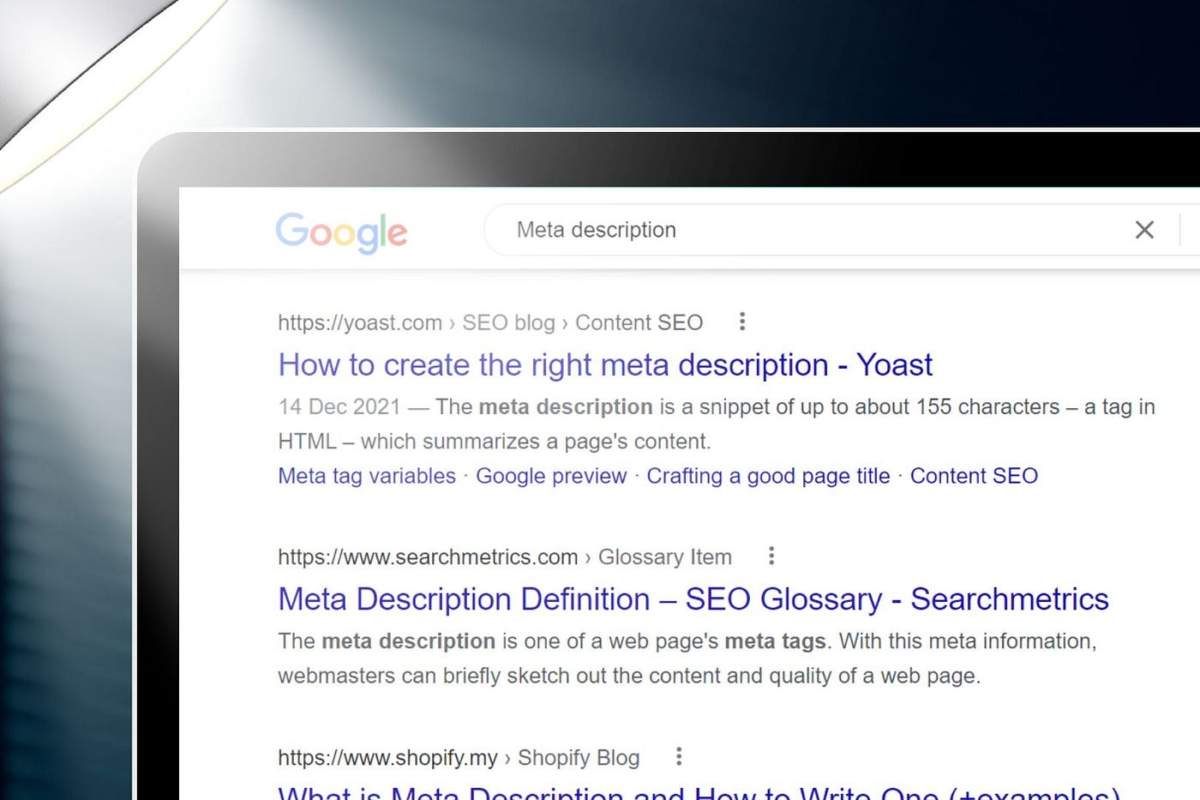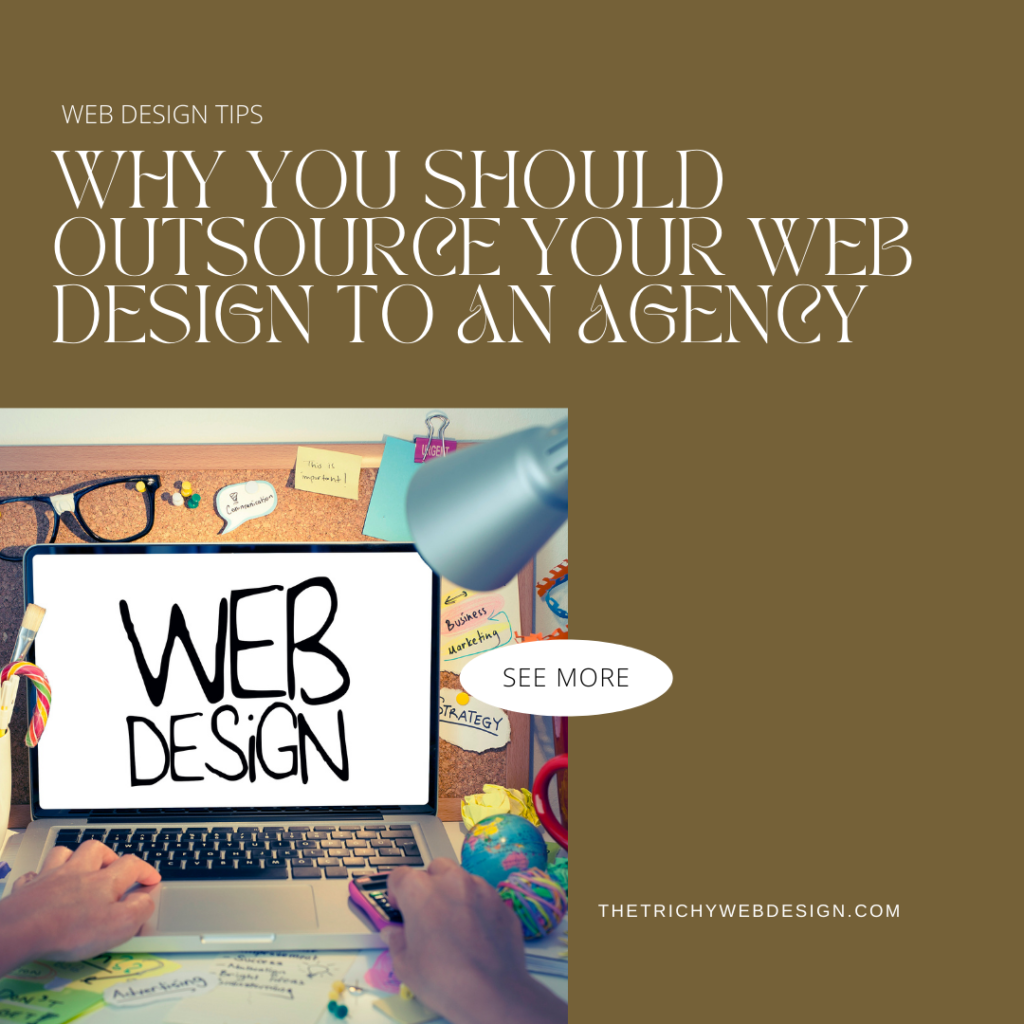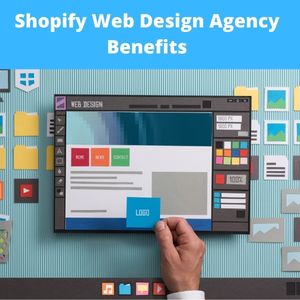Content Type Determination Based on SERP
The existence of pieces from Linkedin, Artsy, and Elementor suggests that informative and educational articles perform well for this query. This content should be in the form of a detailed blog post or guide rather than a landing page.
Funnel Stage Analysis
The funnel stage would be middle to bottom-funnel content. This audience likely consists of SEO specialists, web designers, and marketing professionals looking to improve their web design process or offer enhanced services to clients.
Target Word Count
Competitive posts seem to provide comprehensive guides, so a target word count of approximately 1500-2000 words could be suitable to ensure thorough coverage while maintaining engagement.
Working Titles
Website Slug
Keyword: mood-board-web-design
Slug: /blog/mood-board-web-design-tips
Meta Description
“Discover how a well-crafted mood board can revolutionize your web design process. Dive into our expert tips to maximize creativity and consistency on your next project. #MoodBoardMagic #WebDesign (157 Characters)
Content Outline
Title: “Elevate Web Design: Essential Tips for a Dynamic Mood Board”
Meta Description: “Elevate your web design projects with our comprehensive guide to creating a mood board that expresses creativity, ensures brand consistency, and impresses clients.”
Introduction
Section 1: The Importance of Mood Boards in Web Design
Section 2: Identifying Your Design Vision
Section 3: Components of a Mood Board
Section 4: Using Mood Boards to Communicate with Teams and Clients
Section 5: Mood Boards in Action: Real-World Success Stories
Section 6: Tips for Creating an Effective Mood Board
Conclusion
Call to Action (CTA)
Appendices and Additional Resources (Optional)
By following this brief, the content created should be well-optimized for search engines and beneficial for the target audience, leading to improved website engagement and authority on the topic of web design and mood boards.






